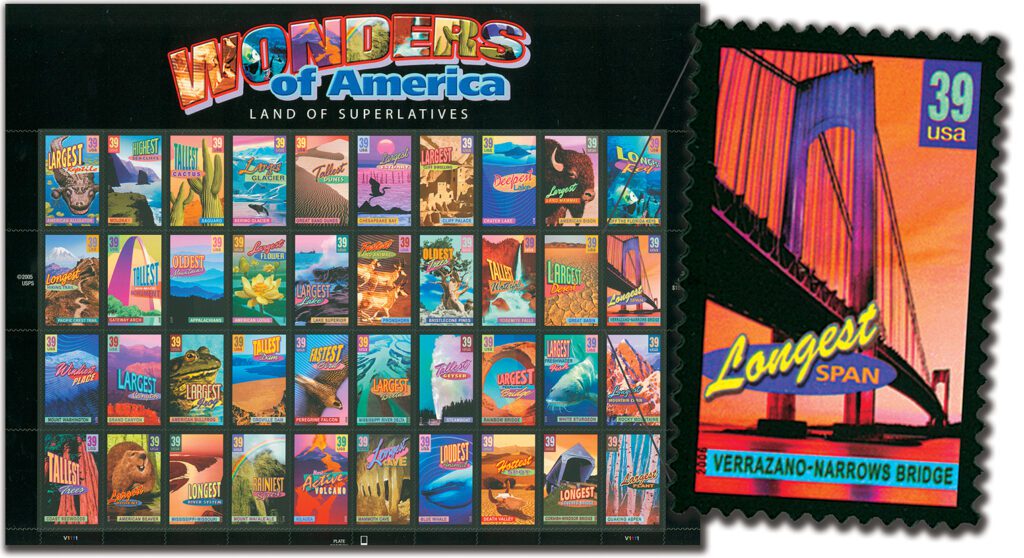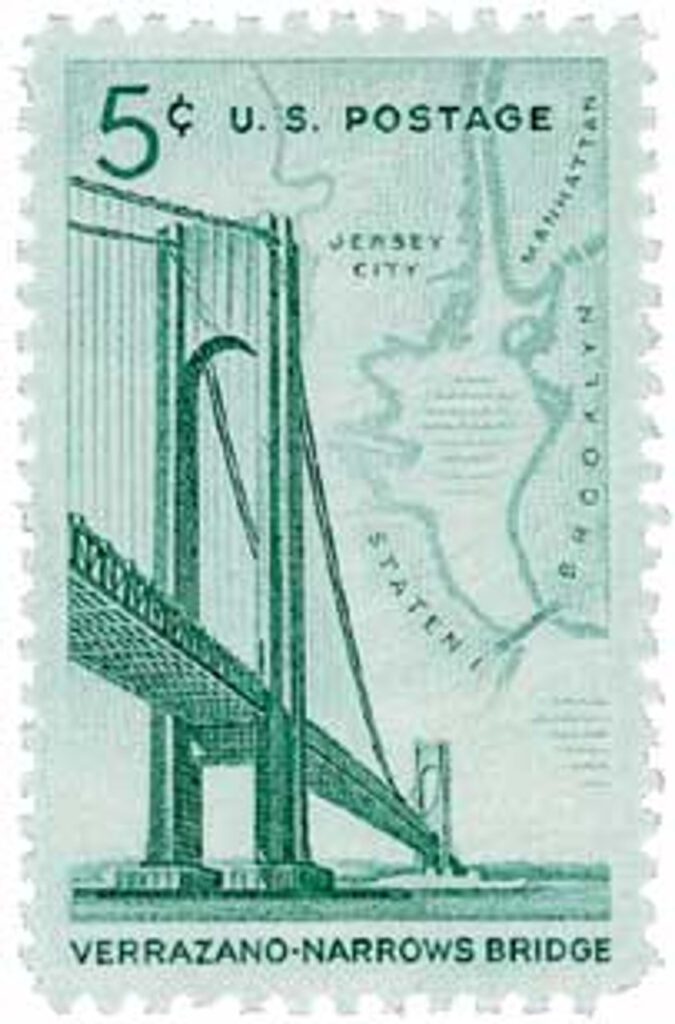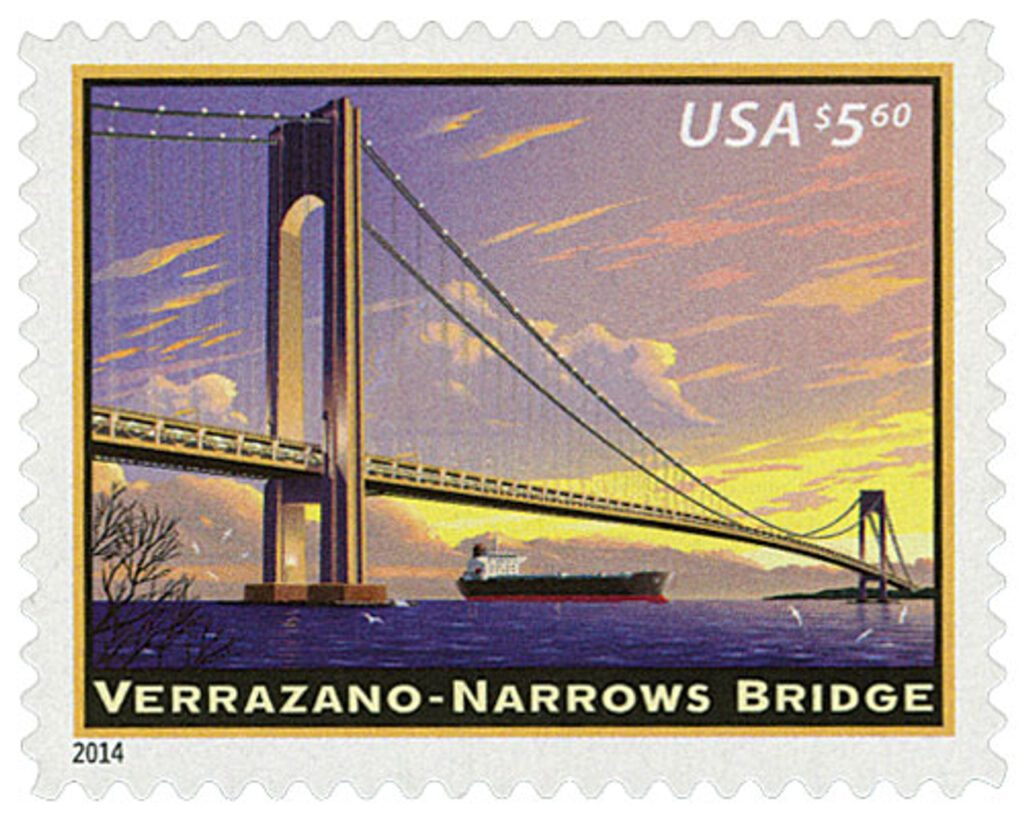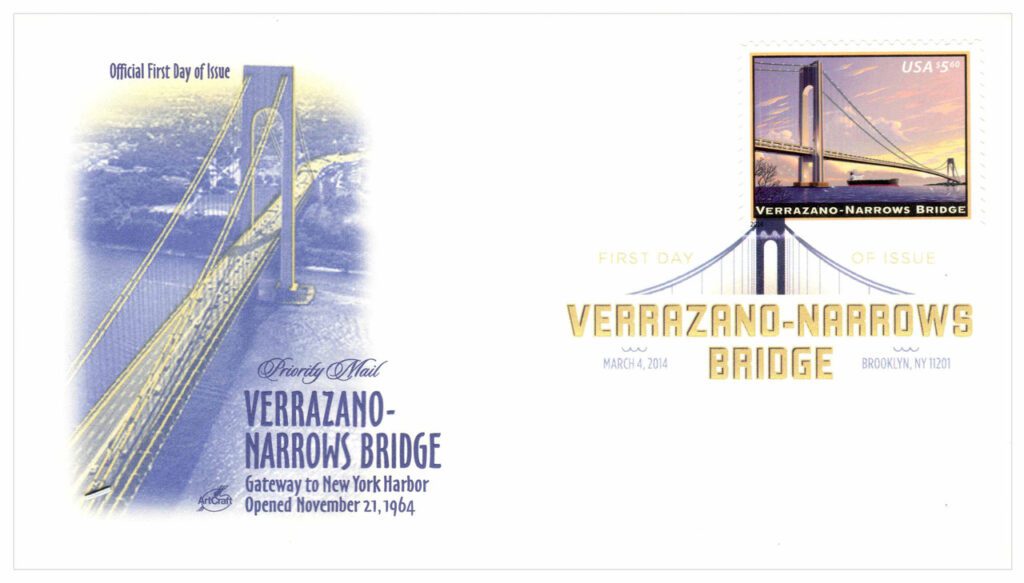On April 17, 1524, Giovanni da Verrazzano became the first European to see New York harbor.
Giovanni da Verrazzano was born in Val di Freve, near Florence, Italy around 1485. He had an interest in the sea and exploration from an early age. His first expeditions were to Egypt and Syria, locations that many had long thought were nearly impossible to reach.
In 1507 or 1508, Verrazzano traveled to France and met King Francis I. He also became acquainted with the French Navy and built a relationship with its sailors and commanders. During this time, other explorers such as Christopher Columbus, Amerigo Vespucci, and Ferdinand Magellan had become famous exploring the west for Spain and Portugal. King Francis I grew concerned that France was missing out, both of the riches others discovered and in building an overseas empire. He began talking about the idea with Verrazzano, who offered to explore the West on behalf of France if the king agreed, which he did.
For his journey, Verrazzano prepared four ships, packed with ammunition, cannons, lifeboats, scientific equipment, and enough provisions to last eight months. Verrazzano’s flagship was the Delfina, named for King Francis’s firstborn daughter. Two of the ships were lost at sea in a storm and another was damaged in a battle with Spanish ships before the expedition could begin. So the Delfina was the only ship still seaworthy when Verrazzano began the journey on January 17, 1524.

Like many other explorers of the time, Verrazzano believed he could find a passageway to the Pacific Ocean and Asia if he sailed along the coast of the New World. After about 50 days at sea, Verrazzano and his crew saw land, which is believed to have been Cape Fear, North Carolina. From there Verrazzano headed south for a short way. But after reaching the northern tip of Florida, he turned around and went back north, remaining within sight of the coastline the entire trip.
Finally, on April 17, Verrazzano entered the Bay of New York. From his boat he could see the members of the Lenape tribe, who cheerfully shouted from the shore, directing where to land. After a brief interaction, Verrazzano returned to his boat and continued his journey, visiting Long Island and Massachusetts before stopping in Rhode Island for two weeks. There he again met with the locals, before setting sail to return to France in July.
Verrazzano embarked on his last journey in March 1528, in search of a passage to India. He sailed along the coast of Florida into the Caribbean Sea. Sailing south of Jamaica, he sighted a vegetated island he believed to be unpopulated and dropped anchor to explore it. However, he soon found it was inhabited by a group of the native Caribs that killed him and his men, while those that remained aboard the ship watched helplessly from a distance.
Verrazzano’s expeditions provided a great deal of information for early maps of the East Coast of North America. However, his accomplishments were often overshadowed by those of other explorers at the time. It wasn’t until the 1950s and ’60s that he was recognized as the first outsider to view New York Harbor. For this, the Verrazano-Narrows Bridge was named in his honor. Initially, the bridge misspelled his name, using only one “z.” The name was finally corrected in 2018 to “Verrazzano.”
Click here for more about the Verrazano-Narrows Bridge.
| FREE printable This Day in History album pages Download a PDF of today’s article. Get a binder or other supplies to create your This Day in History album. |
Discover what else happened on This Day in History.






Excellent article on Verrazano. Now I know how the Verrazano-Narrows Bridge
got named. And I was born in NYC and never knew for over 20 years I lived there.
Your article should be required in every NYC school. Thanks!
Very interesting story it;s always a great to catch up on our history.Thank you
Very interesting I did not realize He was an explorer I always thought he was the architect Thank You
During the late Renaissance in Western Europe, sailors from Genoa and elsewhere on the Italic Peninsula (Colombo, Vespucci) were second to none as explorers/cartographers of the New World, following in the wake of Portuguese (Magellan), and Spanish (Pizarro, Cortes) sailors. Unlike in England however, those sailing in the employ of the French King (Verrazano, Cartier, etc) did not have their name changed for the benefit of historical propaganda. For instance, John Cabot’s (in the English vernacular) real name was in fact Giovanni Caboto, who also explored the east coast of America (1497) in the employ of the Tudor King in search of the elusive north west passage. Unlike Verrazano however, Caboto did return to Bristol in one piece, although we do not seem to have a proper landmark in America to celebrate his exploit (Cabot Cove in Murder-She-Wrote was a Californian invention, and not in New France or USA Maine). Happy celebrations New York.
John Cabot landed on the northern tip of the Bonavista Penisula , Newfoundland in 1497
The Verrazzano Bridge came at a high costs to the community of Bay Ridge on the Brooklyn side. It literally destroyed many parts of that neighborhood for the “approach” to the bridge. Progress but at a cost. I watched the bridge go up and at the time it was the longest suspension bridge in the world.
What year was the bridge built?
Hi Eliot,
The upper deck of the bridge was opened on November 21, 1964.
– Happy Collecting
When the Verrazzano-Narrows bridge opened on November 21, 1964 the S/S UNITED STATES was scheduled to sail underneath it at the exact time (and it did) of the opening to traffic, The U.S. five cents Verrazzano – Narrows Bridge stamp was issued on the day of the bridge’s opening. If you look closely directly under the bridge you can see a passenger ship which I believe is the S/S UNITED STATES. Any comments from readers?
Interesting and informative article.